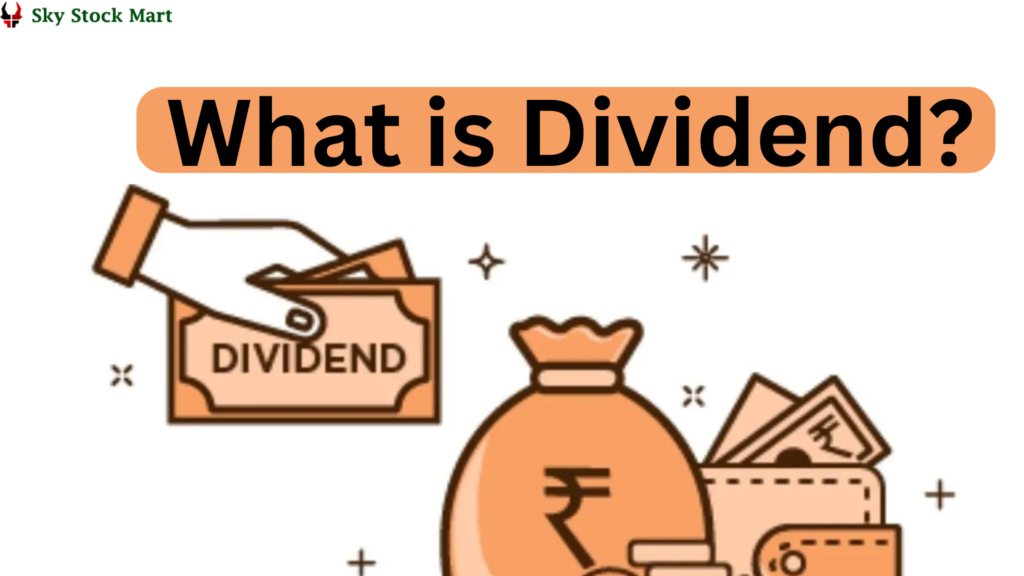Understanding Dividends : A Guide to Passive Income
Introduction:
What is Dividend?
In the world of finance, dividends play a crucial role in attracting investors and providing them with a steady stream of income. What is Dividend? Whether you’re a seasoned investor or just dipping your toes into the financial waters, understanding dividends is essential for making informed investment decisions. In this blog post, we’ll explore what dividends are, how they work, and why they matter to investors.
Defining Dividends:
Simply put, dividends are a distribution of a company’s profits to its shareholders. Companies that generate profits have a choice to reinvest those profits back into the business for growth or distribute them to shareholders in the form of dividends. What is Dividend? These payments are typically made in cash, although they can also come in the form of additional shares of stock.
Types of Dividends:
- Cash Dividends: The most common form of dividends, where companies distribute a portion of their earnings to shareholders in the form of cash payments.
- Stock Dividends: Instead of cash, companies may issue additional shares of stock to existing shareholders as a form of dividend.
- Property Dividends: In some cases, companies may distribute physical assets or products as dividends.
How Dividends Work:
When a company decides to pay dividends, the board of directors declares a specific amount to be paid per share or a certain percentage of the company’s earnings. What is Dividend? This declared amount becomes the dividend per share, and shareholders receive it based on the number of shares they own.
For example, if a company declares a $1 dividend per share and you own 100 shares, you would receive $100 in dividends. It’s important to note that not all companies pay dividends, as some may choose to reinvest all profits back into the business for expansion.
Benefits of Dividends:
- Steady Income Stream: Dividends provide investors with a predictable source of income, making them particularly attractive for income-focused investors, such as retirees.
- Signal of Financial Health: Companies that consistently pay dividends are often considered financially stable and well-established. This can be a positive sign for investors looking for low-risk investments.
- Long-Term Wealth Growth: Reinvesting dividends by purchasing more shares can accelerate wealth accumulation over time through the power of compounding.
Considerations for Investors:
- Dividend Yield: This is a key metric that calculates the annual dividend income as a percentage of the stock’s current market price. A higher dividend yield can be attractive, but it’s essential to consider the company’s financial health.What is Dividend?
- Dividend History: Examining a company’s track record of paying and growing dividends can provide insights into its commitment to shareholders and financial stability.
- Economic Conditions: Economic downturns or market volatility can impact a company’s ability to pay dividends. Investors should assess the broader economic landscape when considering dividend stocks.
Conclusion:
Dividends represent a fundamental aspect of investing, offering investors a way to participate in a company’s success and generate passive income. By understanding the types of dividends, how they work, and the benefits they provide, investors can make informed decisions aligned with their financial goals. What is Dividend? Whether you’re seeking income or long-term growth, dividends can be a valuable component of a diversified investment portfolio.


